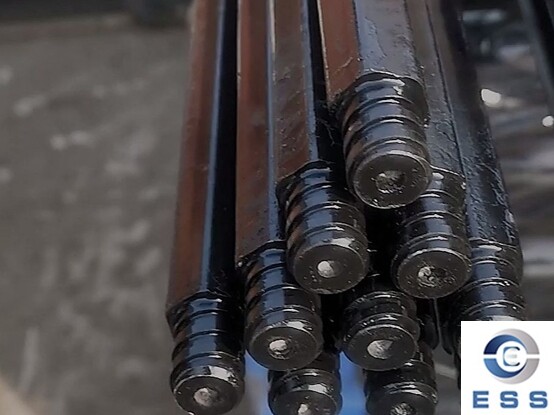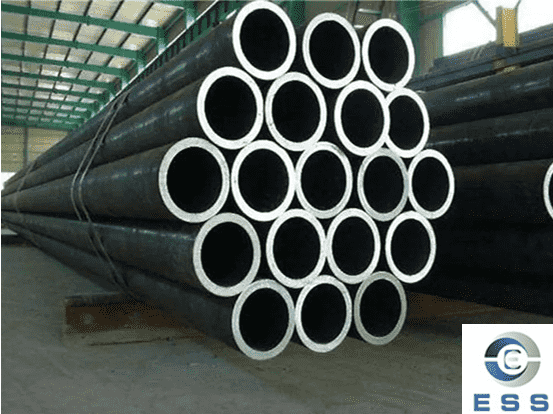In oil production, the drill pipe, casing pipe and
tubing together constitute a complete wellbore system. The drill pipe drives
the drill bit to rotate and circulate the drilling fluid. There are often some
problems in the use process, such as the drill pipe may bend under certain
circumstances.
In drilling operations, the drill pipe, as
one of the key equipment, undertakes the important task of transmitting power
to the drill bit. However, in actual use, the drill pipe may bend, which will
not only affect the drilling progress, but also may cause safety accidents. So,
why does the drill pipe bend? How should we deal with it?

Causes of drill pipe bending
1. Geological factors
During the drilling process, factors such
as the unevenness of the formation and the alternation of soft and hard rocks
may cause the drill pipe to be subjected to uneven resistance, resulting in
bending. In addition, factors such as changes in groundwater levels and
formation inclination may also affect the stability of the drill pipe.
2. Improper operation
The skill level and operating experience of
drilling operators have a direct impact on the stability of the drill pipe. For
example, improper operation such as too fast drilling speed and too high
drilling pressure may cause uneven force on the drill pipe, which may lead to
bending.
3. Equipment failure
The performance of the drill rig, the
material and manufacturing process of the drill pipe, and other factors may
also cause the drill pipe to bend. For example, when the drill rig fails, it
may cause unstable force on the drill pipe; and poor material or poor
manufacturing process of the drill pipe may cause it to bend after a certain
pressure.
4. Problems with drill pipe material
Poor material of the drill pipe may cause
it to bend easily when under pressure.
5. The drill pipe has been used for too long
The drill pipe used for a long time may
become fragile and easy to bend due to wear and fatigue.
6. Uneven force on the drill pipe
During the drilling process, if the drill
pipe is unevenly stressed, it is easy to cause it to bend.
7. The drill rig is not leveled
If the drill rig is not installed firmly or
the vertical axis is not in the right direction, it may cause uneven force on
the drill pipe, which will bend.
Countermeasures for drill pipe bending
1. Strengthen equipment inspection and
maintenance
Inspect and maintain the drilling rig
regularly to ensure that it is in good working condition. At the same time,
regularly inspect the drill pipe and replace damaged or aged drill pipe in
time.
2. Optimize drilling operations
Improve the skill level and operating
experience of drilling operators to ensure that parameters such as drilling
speed and drilling pressure are controlled within a reasonable range. In
addition, choose a suitable drilling method according to geological conditions
to reduce the risk of drill pipe bending.
3. Take effective preventive measures
When selecting drill pipes, choose
high-quality materials according to the usage. During the drilling process,
some effective preventive measures can be taken to reduce the risk of drill
pipe bending. For example, adjust the drilling parameters in time during the
drilling process, use equipment such as shock absorbers to reduce the impact
and vibration of the drill pipe, etc.
Summary
In short, drill pipe bending is one of the
common problems in drilling operations, and the main reasons include geological
factors, improper operation and equipment failure. By strengthening equipment
inspection and maintenance, optimizing drilling operations and taking effective
preventive measures, we can reduce the risk of its occurrence and improve the
safety and efficiency of drilling operations.
Read more: Size of Drill Pipe or How Many Types of Drill Pipe Threads Are There?













 Eastern Steel Manufacturing Co.,Ltd not only improve product production and sales services, but also provide additional value-added services. As long as you need, we can complete your specific needs together.
Eastern Steel Manufacturing Co.,Ltd not only improve product production and sales services, but also provide additional value-added services. As long as you need, we can complete your specific needs together.










